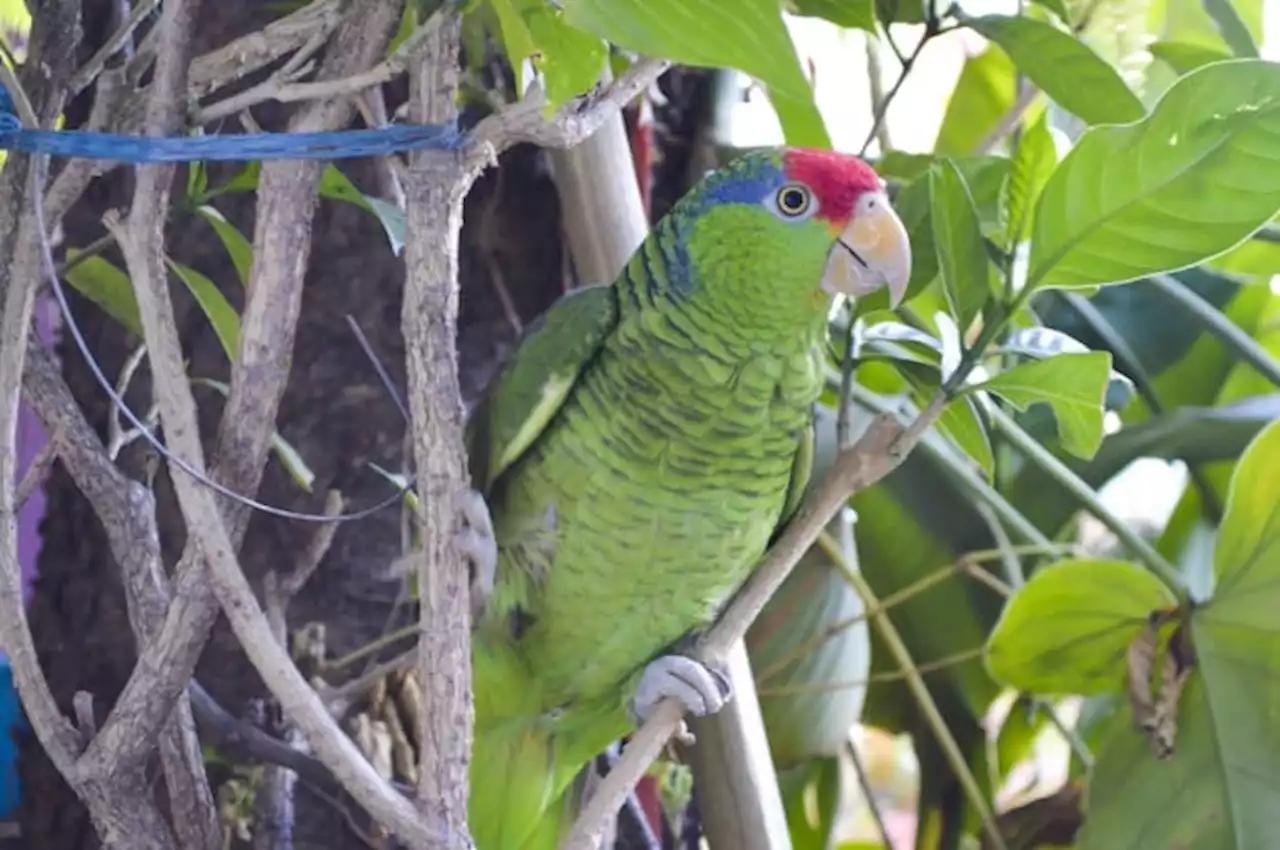Molasses, a broad term used to describe concentrated sugarcane or sugarbeet juice solutions after removal of sucrose crystals, are an industrial byproduct of the raw sugar production process. Natural molasses have variable compositions that are not entirely known. This knowledge gap is a hindrance to both scientific research and industry, where molasses are used in several processes, including production of fuel ethanol from molasses by fermentation with brewer's yeast (Saccharomyces cerevisiae).
that behaved as similarly as possible to the yeast used in industrial processing of molasses," said Thiago Basso, last author of the article and a professor at the University of São Paulo's Engineering School in Brazil. Basso is thesis advisor to first author Kevy Eliodório and second author Gabriel Cunha.
"We produced standardized synthetic molasses that can be tested by researchers anywhere in the world as a culture medium for the microorganisms they're studying. In addition, results obtained in different labs can more easily be compared. That's important to science," Eliodório said, adding as an example that the formulation was tested at the Helmholtz Center for Environmental Research in Germany while he was there on a doctoral research internship.
The methodology applied was based on a combination of data reported in the literature and previous research by Basso, in which he formulated synthetic molasses without fully defining its composition, owing to the presence of peptone, a substance whose composition is neither totally controllable nor entirely known. Systematic adjustments were made using data from real samples, the literature and prior composition.
Deutschland Neuesten Nachrichten, Deutschland Schlagzeilen
Similar News:Sie können auch ähnliche Nachrichten wie diese lesen, die wir aus anderen Nachrichtenquellen gesammelt haben.
 Endangered Mexican parrot thriving in urban areas of South Texas, researchers findA Texas A&M-led research team determined that a population of endangered red-crowned parrots is thriving in urban areas of South Texas.
Endangered Mexican parrot thriving in urban areas of South Texas, researchers findA Texas A&M-led research team determined that a population of endangered red-crowned parrots is thriving in urban areas of South Texas.
Weiterlesen »
 Researchers investigate microplastics in D.C.'s waterwaysA research team from American University has spent the last three years collecting samples from several freshwater streams that feed into Washington, D.C.'s Anacostia River. They have been looking for microplastics.
Researchers investigate microplastics in D.C.'s waterwaysA research team from American University has spent the last three years collecting samples from several freshwater streams that feed into Washington, D.C.'s Anacostia River. They have been looking for microplastics.
Weiterlesen »
 Researchers challenge long-standing theory guiding nanoparticle treatment of tumorsResearchers at the University of Toronto have developed a new theory to explain how nanoparticles enter and exit the tumors they are meant to treat, potentially rewriting an understanding of cancer nanomedicine that has guided research for nearly four decades.
Researchers challenge long-standing theory guiding nanoparticle treatment of tumorsResearchers at the University of Toronto have developed a new theory to explain how nanoparticles enter and exit the tumors they are meant to treat, potentially rewriting an understanding of cancer nanomedicine that has guided research for nearly four decades.
Weiterlesen »
 Researchers develop new way to target cancer cellsResearchers have identified a new method of activating specific molecules to target cancer cells while leaving healthy cells unharmed. Using click-release proteolysis targeting chimeras, researchers have developed a new method of activating specific molecules to target only cancer cells.
Researchers develop new way to target cancer cellsResearchers have identified a new method of activating specific molecules to target cancer cells while leaving healthy cells unharmed. Using click-release proteolysis targeting chimeras, researchers have developed a new method of activating specific molecules to target only cancer cells.
Weiterlesen »
 Researchers tackle immune rejection of biomedical implantsTo learn more about what causes the body to reject biomedical implants, a team has identified a protein that appears to help drive this response and hopes their discoveries will improve the design and safety of biomedical implants.
Researchers tackle immune rejection of biomedical implantsTo learn more about what causes the body to reject biomedical implants, a team has identified a protein that appears to help drive this response and hopes their discoveries will improve the design and safety of biomedical implants.
Weiterlesen »
 Unraveling Africa’s Fairy Circle Mystery – Researchers Identify True SourceFor over a decade, the origin of the numerous circular bare patches amidst the African grasslands, known as fairy circles, has been a topic of discussion among researchers. In a recent study, biologist Prof. Dr. Norbert Jürgens and soil scientist Dr. Alexander Gröngröft from the University of Hambur
Unraveling Africa’s Fairy Circle Mystery – Researchers Identify True SourceFor over a decade, the origin of the numerous circular bare patches amidst the African grasslands, known as fairy circles, has been a topic of discussion among researchers. In a recent study, biologist Prof. Dr. Norbert Jürgens and soil scientist Dr. Alexander Gröngröft from the University of Hambur
Weiterlesen »
